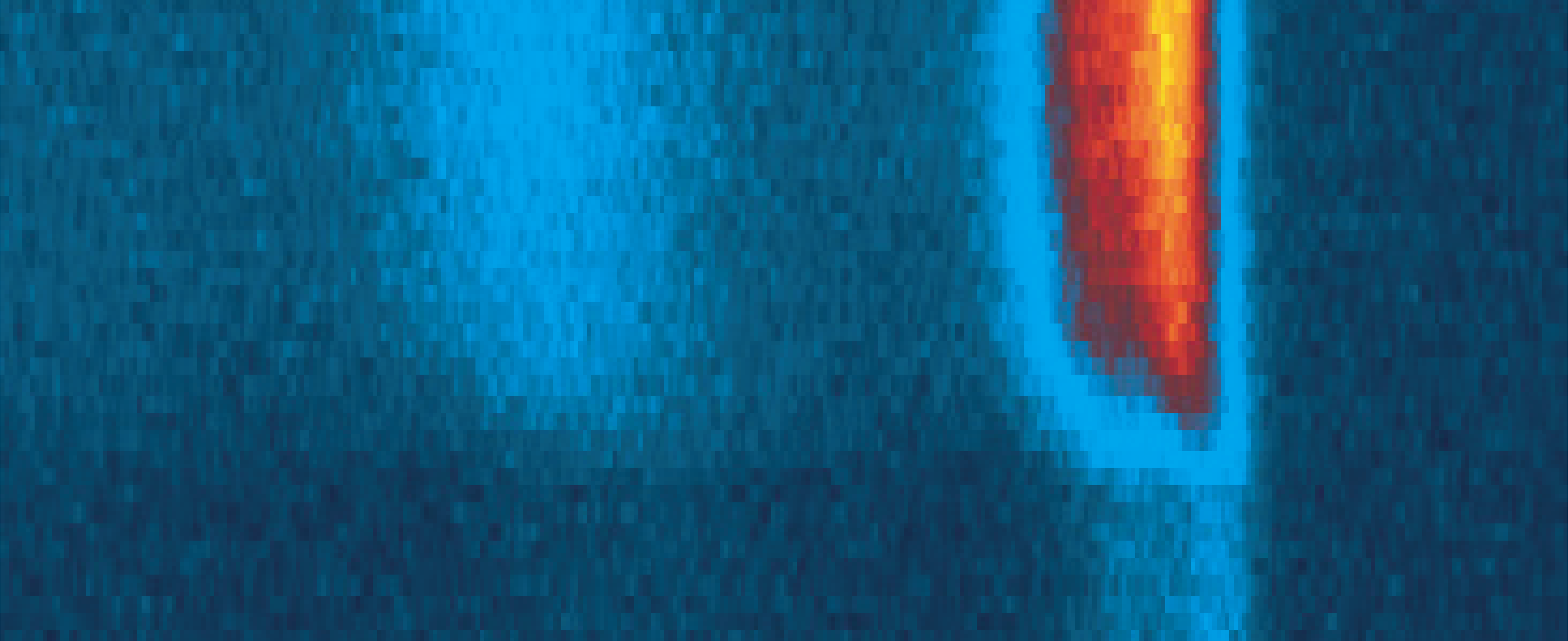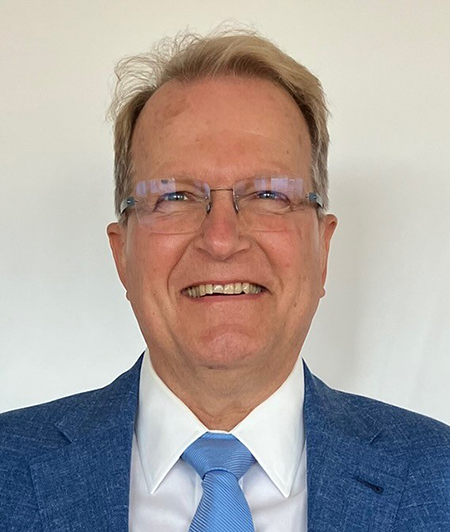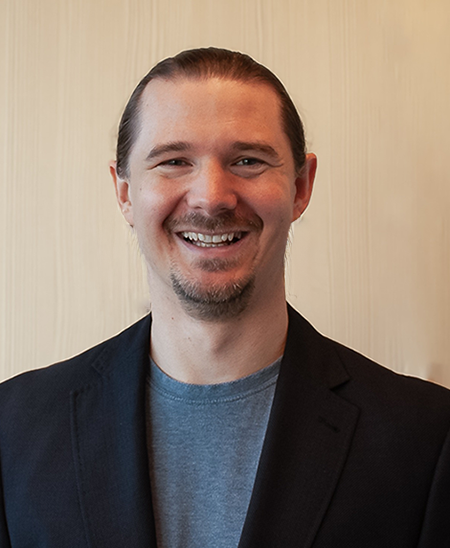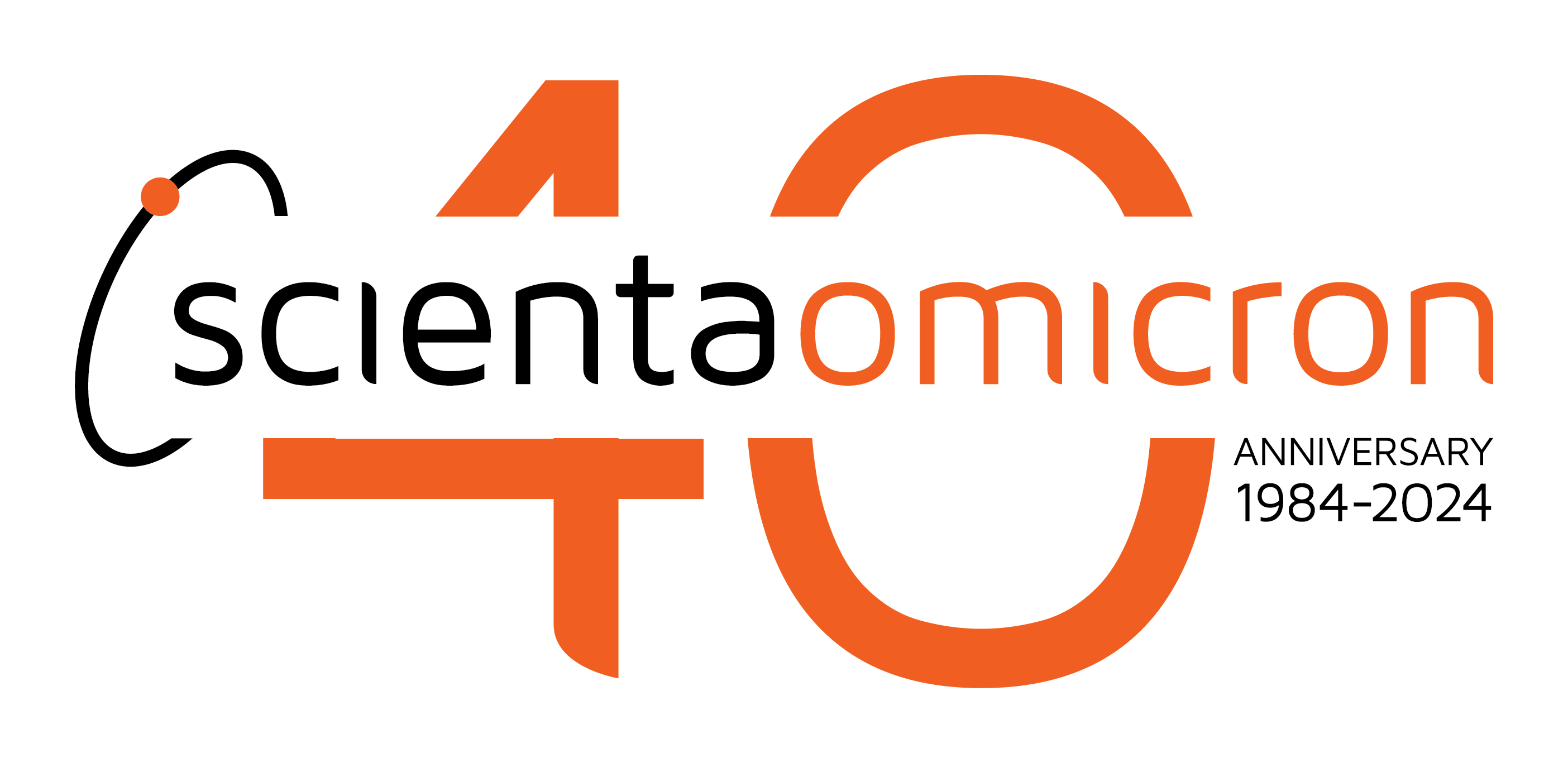Exploring materials under pressure: photoelectron spectroscopy for energy and catalysis research

Unlock new insights into working catalysts
Catalysis underpins many aspects of everyday life, from fuels and pharmaceuticals to solar cells and fertilizers. Understanding how catalysts behave in real conditions—how their chemical state evolves and reaction pathways proceed—is key to improving efficiency, stability, and selectivity.
Ambient pressure photoelectron spectroscopy (APPES) enables researchers to study catalysts in action, including the effects of water vapor on batteries, solar cells, and corrosion processes. At synchrotrons, high-pressure photoelectron spectroscopy extends these studies to pressures above 1 bar, providing unique insight into surface chemistry and the entire catalyst system, supporting rational design of reactions like Fischer-Tropsch and Haber-Bosch.
This webinar will showcase how APPES, HiPP Lab, and BAR XPS are transforming catalytic research and driving the development of next-generation materials.
Meet the speakers

Professor Anders Nilsson earned his PhD in Physics from Uppsala University in 1989, conducting research under Nobel Laureate Kai Siegbahn. Before returning to Sweden in 2014, he spent 15 years as Professor of Photon Science at Stanford University.
He has received numerous honors, including the Plyler Prize (APS), Lindbomska Award (Royal Swedish Academy of Sciences), Shirley Award (Berkeley), Humboldt Award (Germany), and an Honorary Doctorate from Denmark’s Technical University.
Author of over 370 peer-reviewed papers in leading journals such as Nature, Science, and PNAS, his work has been cited more than 46,000 times (H-index 108).
Renowned for his groundbreaking research on the structure and dynamics of water—featured among Science Magazine’s Top Ten Breakthroughs—Professor Nilsson’s work spans x-ray spectroscopy, ultrafast science, catalysis, and chemical bonding. At Stockholm University, he continues to advance chemical physics through pioneering research and global collaboration.

Dr. Patrick Lömker received his PhD in Physics, focusing on magnetic oxide surfaces, which he investigated using advanced photoelectron techniques. Since 2014, he has been driving research both at synchrotron facilities and in home laboratories, applying his expertise to chemical surface science with a focus on advancing sustainable, green chemical processes.
In 2025, Patrick joined Scienta Omicron, where he now leads the development of the APPES product line, helping researchers leverage cutting-edge electron spectroscopy solutions to push the boundaries of surface and materials science.
In his current role he is part of the team developing instrumentation for the Scienta Omicron electron spectroscopy solutions.
